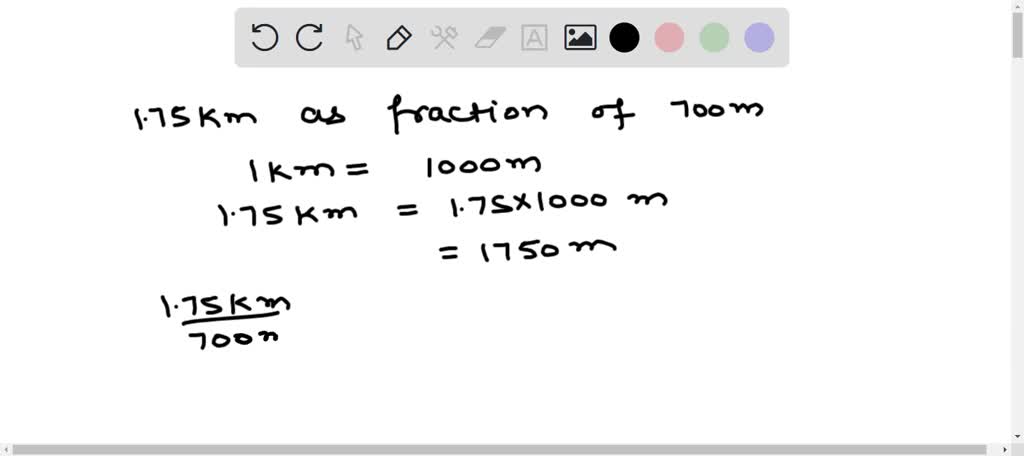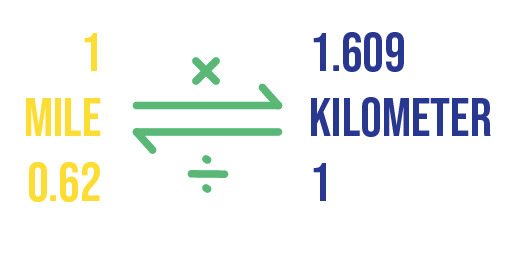Roads & PavementRoads & Pavement
Barefoot
Minimal
Low
Medium
High
Maximal
All around running shoes offer comfort and cushioning for daily runs, jogs, walks, and long mileage. They offer enough versatility for both faster and slower runs and are a great option for those who want one running shoe to do it all.
Fast run or uptempo running shoes are lightweight and responsive. They offer streamlined designs that have minimal uppers and offer a high level of energy return. These shoes are a great option for faster runs in the week or those looking for a livelier experience.
Max Cushion shoes offer premium cushioning with ample ground protection and a stable ride. These types of shoes provide abundant impact protection that softens landings while running at any pace or distance. These types of shoes are best for slower recovery runs and easy days where comfort takes priority.
Racing shoes are designed with optimal performance in mind. These types of shoes have snug-fitting uppers, energetic midsole foams, and features implemented for maximum efficiency. These types of shoes are best for runners looking to gain the ultimate advantage in races but may sacrifice some durability and comfort.
Gym Workout shoes offer a stable and versatile ride. They have a firmer underfoot feeling that provides stability for lateral movements with comfortable uppers. These types of shoes are best for trips to the gyms, cross training, casual wear, and light running. Pin by Gail Prince Simons on Steps to miles calculation Walking
Road running shoes feature smooth outsoles that are designed for running on paved surfaces such as roads, sidewalks, and bike paths.
Designed to handle most trail runs, these shoes prioritize comfort and a smooth ride. These shoes are great for anything from smooth singletrack, park trails, and fireroads making them ideal for those who run from their doorstep on streets before hitting the trail.
These shoes are best used for hard, rugged trails such as shale, granite or sandstone where grip on smooth surfaces and underfoot protection are important.
Designed for use in muddy, soggy conditions, these shoes feature very aggressive outsoles that dig deep into soft ground for exceptional traction.
These shoes feature technical outsoles designed to grip snowy and icy trails making them ideal for winter trail running.
Cushioning level, or stack height, refers to how much shoe is between your foot and the ground. For this category, we reference the amount of cushioning below the forefoot as the heel height will be equal to or greater than the forefoot height.
Tas sa C.Convert. 1. 975cm to m using metric converter 2. 8.73 km
0-13mm. The Shoe generally does not have a midsole and feels like there is no cushioning. This shoe is all about feeling the ground underfoot.
14-18mm. The shoe has a thin midsole that allows for a natural running experience. Racing shoes and minimalist shoes are common here. These shoes offer a feeling of being connected to the road or trail.
19-23mm. The shoe has a slightly cushioned feel and may feature added cushioning technologies. Performance training shoes and some trail shoes are common here. These offer protection during footstrike but prioritize a lightweight, grounded experience.
24-28mm. These shoes have a stack height that fall near the middle of the spectrum.The shoes in this category are verstaile and great for all types of runs and distances.
29-34mm. The shoe has a thick midsole and ample cushioning. These shoes are highly protective and absorb more impact than the body.
35mm plus. The shoe has an extremely thick midsole and extra cushioning. The focus is on protection and soft foam underfoot with hardly any ground feel.
Neutral shoes support the foot through a normal range of arch collapse and generally do not have a built-in technology to correct movement.
Stability shoes are a great option for those who overpronate or need added support. These shoes help to limit the inward rolling motion of the ankle while running or walking and assist in guiding the foot straight through the gait cycle. SOLVED What is 1.75 kilometres as a fraction of 700 metres Give
Product Details:
Greenway Trail City of Paducah top, SOLVED meter m 3.28 feet ft 1000 meters ms kilometer km top, File Earth Moon ScaledTo Basketball Tennisball.png Wikipedia top, If you have walked 10 000 steps in a day according to your fitness top, mph to kph Conversion Miles per Hour To Kilometers per Hour top, Solved Problem 2. 622 95m br6 200m 16 Jool janit AS 116 Chegg top, miles to kilometers top, Bicycling and E Bike Information Grand Canyon National Park top, How many miles or km is 10000 steps Quora top, SAT Test 5 Marathon in miles question 4 9 top, How To Convert Kilometers To Miles MPH With Unit Converter top, Kilometers to Miles km to mi Conversion Practice Expii top, Solved C. Convert. 1. 975 cm to m using metric converter 2. 8.73 top, SOLVED What is 1.75 kilometres as a fraction of 700 metres Give top, Tas sa C.Convert. 1. 975cm to m using metric converter 2. 8.73 km top, Pin by Gail Prince Simons on Steps to miles calculation Walking top, How Long Does It Take to Walk Distances From a Mile to a Marathon top, Convert kilometers miles nautical miles km mi nmi top, SOLVED The equatorial diameter of Venus is 523 miles. 42 104.507 top, Converting 5 Kilometers to Miles Video top, 1.75 Nautical Miles to Kilometers 1.75 nmi to km Convertilo top, The Isoman Marathon Swim top, Solved C. Convert. 1. 975 cm to m using metric converter 2. 8.73 top, Solved 2. Use the conversion chart above to perform the Chegg top, Miles to Km Converter Miles To Kilometers Inch Calculator top, Converting from Miles per Hour to Kilometers per Hour top, Tas sa C.Convert. 1. 975cm to m using metric converter 2. 8.73 km top, Comparing Units of Distance top, SOLVED C. Convert 1. 8.73 km to cm using conversion factors. 2 top, Use your vehicle to measure a length of road near your home and top, What is the faster way to convert kilometers to miles in my head top, 55 Come along Ducks let s waddle round Woodberry Wetlands 1.75 top, Converting From Miles per Hour to Meters per Second top, How to convert kilometers into miles by multiplying by a specific top, 1.75 miles to kilometers Unit Converter top, How To Change Convert Miles To Kilometers km Explained top, Metric and Imperial Conversions top, Year 6 Converting Units Miles and Kilometres Lesson 4 top, 75 Mi in Km 75 Miles in Kilometers Distance Conversion top, Miles to Kilometers Conversion top, Solved 1 meter m 3.28 feet ft 1000 meters ms 1 Chegg top, Miles to Km Converter Miles To Kilometers Inch Calculator top, How to Convert Miles to Kilometers and Vice Versa 5 Minute Crafts top, Converting between Miles and Kilometers top, Kilometers to Miles Conversion km to mi Formula Steps top, km to miles Kilometer To Miles Conversion Civil Site top, Miles to Km Converter Miles To Kilometers Inch Calculator top, Conversion Charts Mile to KM Sycor Technology top, 75.1 Miles To Kilometers Converter 75.1 mi To km Converter top, 1.7 Miles To Kilometers Converter 1.7 mi To km Converter top, Product Info:
1.75 miles in km top.
- Increased inherent stability
- Smooth transitions
- All day comfort
Model Number: SKU#5881133
:max_bytes(150000):strip_icc()/miles-and-kilometers-how-far-is-that-3435412-1179-e511774950d04fd8b67a1befef4ddaad.jpg)



